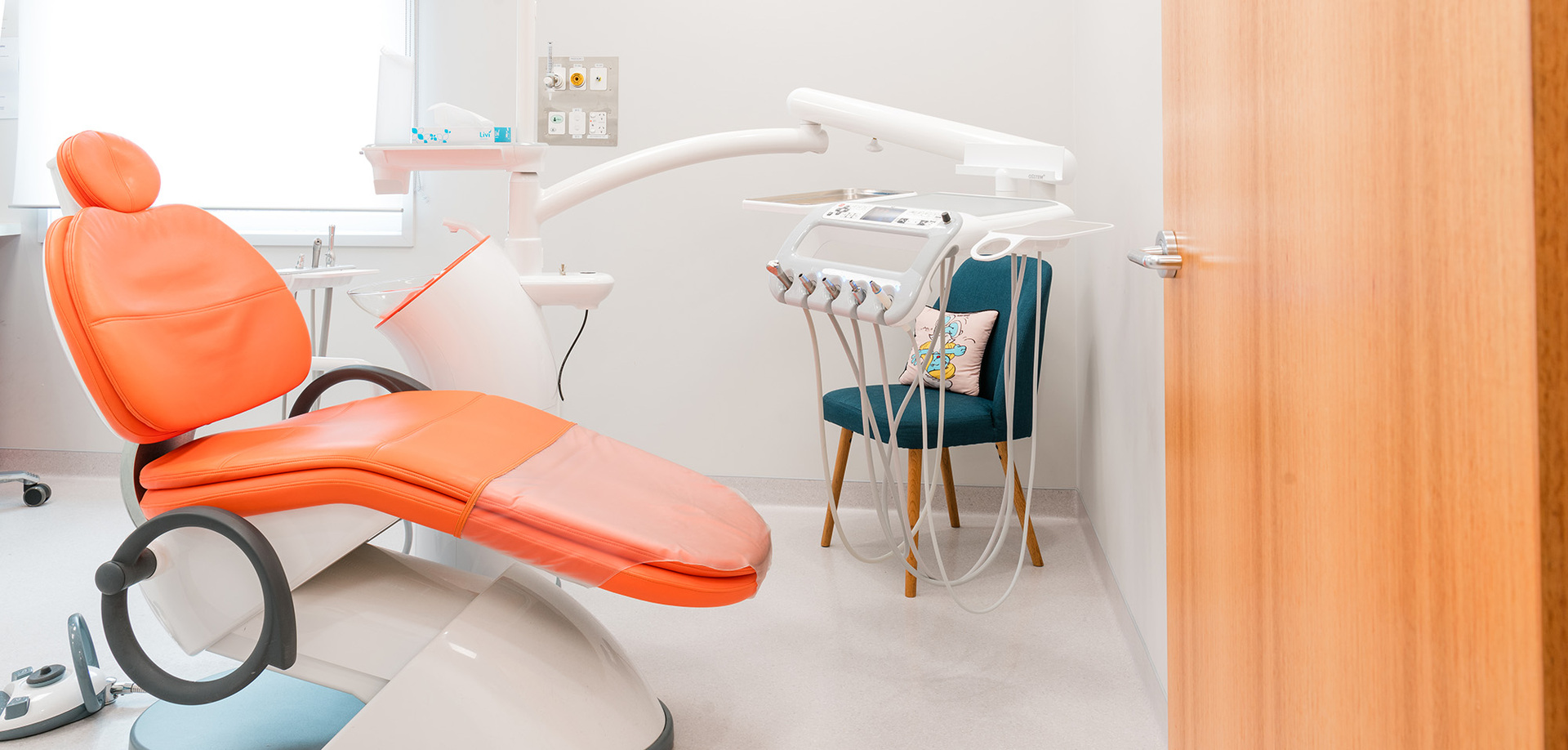Do
Modify your diet
Choose foods that you can chew without pain.
Cut your food into smaller pieces to avoid wide mouth opening.
Avoid excessive chewing of chewing gum and sticky foods.
Do not favour one side of your mouth when eating.
Position the jaw to avoid tooth contacts
Place the tip of your tongue behind your top front teeth. This can help you keep your teeth apart during the day when not in use.
Other
Support your jaw during yawning by providing some pressure underneath the chin.
Practice optimum sleep hygiene. A good night’s sleep is vitally important to your recovery.
Learn and practice nasal breathing.
Reduce lifestyle stress if possible.
Don't
Do not test the jaw
Do not try to move your jaw into positions that hurt, or click to assess pain or motion.
Avoid activities that strain the jaw.
Do not lean on your hand to support your head.
Avoid sleeping on your stomach or in positions that places stress on your jaw.
Avoid long dental appointments that can strain the jaw, particularly if it is an optional procedure.
Don't eat hard/tough food
Try and avoid overly hard foods while your jaw is getting better.
Don't fall into bad patterns of jaw use
Avoid touching your teeth together except during swallowing and eating.
Avoid clenching, grinding, tapping your teeth or holding hard objects between them.
Be more aware of your teeth when you are stressed, fatigued or simply carrying out your daily activities.
Rule of 5's
-
Heat a wheat-bag in the microwave until comfortably warm or use a face towel by soaking it in warm water and wringing it out.
-
Wrap the warm bag/towel in front of one ear, under your chin and up in front of the other ear. Keep it on for 5 minutes.
-
Remove the bag/towel. Open your mouth as far as you can comfortably and keep open in that position for 5 seconds.
-
Close your mouth and relax the jaw for 5 seconds.
-
Repeat steps 3 and 4 - 5 times.
-
Place a round pen between your front teeth and move your lower jaw left and right as far as you can comfortably 5 times
-
Repeat steps 1 - 6 twice daily
Like any form of exercise, forming a regular habit is the hardest thing. Jaw pain is often a result of many years of strain to the joint. It will take time for the pain to improve, and sometimes, it might never return to what it was originally, but an improvement can definitely be achieved.
Making sure that you do the exercises and follow the self-care advice is the best way to treat jaw pain without having to resort to expensive dental and surgical treatments such as bite splints. If the discomfort does not improve or worsens with these exercises, please contact me immediately.

